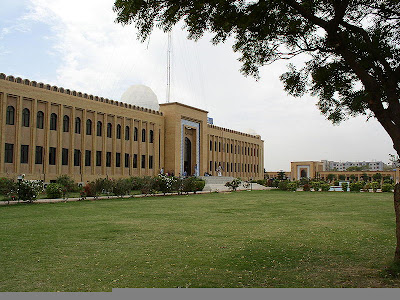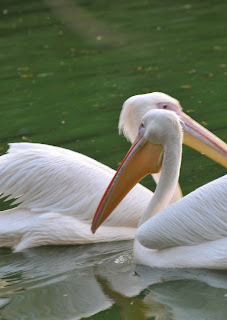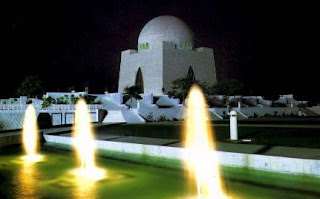
Karachi enjoys its prominent position due to its geographical location on a bay, making it the financial capital of the country. It is one of the fastest growing cities in the world. It was the original capital of Pakistan until the construction of Islamabad, and is the location of the Port of Karachi, Port Bin Qasim, one of the region's largest and busiest ports. The city's population has increased dramatically at the time of Partition when hundreds of thousands of refugees from India came to settle in the city. Since independence from Britain in 1947, the city's vibrant economy has attracted migrants from all over Pakistan, surrounding countries such as Iran, Tajikistan, Myanmar, Sri Lanka, China, Bangladesh, Afghanistan and further beyond. Despite a history of political turmoil, the city continues to attract those seeking prosperity and has shown consistent growth [8].
Karachi city is spread over 3,530 km² (2,193 sq mi) in area. It is locally known as the "City of Lights" (روشنين جو شهر) for its liveliness, and the "City of the Quaid" (شهرِ قائد), having been the birth and burial place of Quaid-e-Azam Muhammad Ali Jinnah, the founder of Pakistan, who also made the city his home after Pakistan's independence.
Quaid-e-Azam Tomb
-----
 Bussiness centre Karachi
Bussiness centre Karachi
 National Museum of Pakistan
National Museum of Pakistan-----
 Replica of the famous Charminar (four minarets) at Bahadurabad roundabout
Replica of the famous Charminar (four minarets) at Bahadurabad roundabout-----
 teen talwaar (three sword round about)
teen talwaar (three sword round about)Karachi is home to some of Pakistan's important cultural institutions. The National Academy of Performing Arts, located in the newly renovated Hindu Gymkhana offers a two year diploma course in performing arts that include classical music and contemporary theatre. The All Pakistan Music Conference, linked to the 45-year old similar institution in Lahore, has been holding its Annual Music Festival since its inception in 2004. The Festival is now a well-established feature of the city life of Karachi that is attended by more than 3000 citizens of Karachi as well as people from other cities. The National Arts Council (Koocha-e-Saqafat) also has musical performances and Mushaira (poetry recitations). The Kara Film Festival organized annually showcases independent Pakistani and international films and documentaries.
HBL tower touching the Sky
-------
Karachi has many museums including the Mohatta Palace Museum that regularly has exhibitions as well as the National Museum of Pakistan. Karachi Expo Centre hosts many regional and international exhibitions.
-------
 Karachi Gymkhana Ground, overlooking downtown Karachi
Karachi Gymkhana Ground, overlooking downtown Karachi----------
 National University of Computer and Emerging Sciences main building, Karachi Campus
National University of Computer and Emerging Sciences main building, Karachi CampusCricket is the most popular sport of the city, and is usually played in many small grounds around the city. Gully cricket, is played in the narrow by-lanes of the city. Night time cricket can be seen at weekends when people play brightly lit night matches on less traversed city streets. The major venue for cricket matches is the National Stadium but matches are also hosted at the UBL Sports Complex, The A.O. Cricket Stadium, the KCCA Cricket Ground, the Karachi Gymkhana Field and the DHA Cricket Stadium. A popular local game is Malh (Sindhi: ملهه). All Sindh Malh ُOrganization hosts All Sindh Malakhirro every year in Karachi.
Karachi beach
-------
Other popular sports in the city are hockey, boxing, association football, golf, table tennis, snooker, squash, and horse racing. Sports like badminton, volleyball and basketball are also popular in schools and colleges. Football is especially popular in Lyari Town which has always been a football-mad locality in Karachi. The Peoples Football Stadium is perhaps the largest football stadium in Pakistan with respect to capacity, easily accommodating around 40,000 people. In 2005, the city hosted the SAFF Cup Football Tournament at this ground, as well as the Geo Super Football League 2007 which attracted capacity crowds during the games.
CLASSIC VIEWS OF THE CITY OF LIGHTS OUR KARACHI
















karachi shell and mirror art











info :
http://wikipedia.com
http://pakistanthebeautiful.blogspot.com











